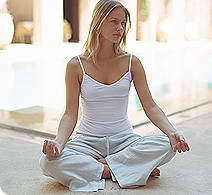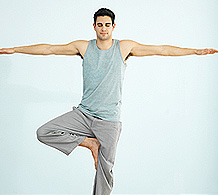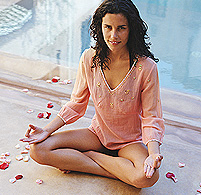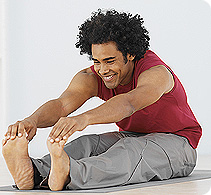What is Pilates?
Pilates was invented by Joseph Pilates. In the first World War he helped rehabilitate soldiers who had been injured.
Pilates focuses attention on core postural muscles that help keep the body balanced and provide support for the spine. In particular, Pilates exercises teach awareness of breath and of alignment of the spine to help strengthen the deep torso and abdominal muscles.
Types of Pilates
There are three main types of Pilates:
- Mat Work Exercises
- The most common type using the body as resistance
- Mat Work Exercises with small equipment
- This type uses small apparatus like bands, balls and rings
- Exercises with large equipment.
- Using larger equipment designed by Joseph Pilates such The Wunda Chair, The Cadillac and the Pedi-Pul!
- Our classes focus on the first two types.
Frequently Asked Questions
Will doing Pilates help me lose weight?
- Pilates can help tone and define your muscles. However if your main goal is to lose weight then additional fat burning exercises should be included in your regime. Some recommended exercises would be brisk walking and cycling. This combined with a calorie controlled diet will have you in shape in no time! Pilates is not an 'instead of' but an 'as well as' form of exercise.
What should I wear to a Pilates class?
As Pilates classes are mainly mat based you will not be wearing footwear, so just a pair of socks to keep the feet warm! Otherwise you just need some comfortable non restrictive clothing. (You will be stretching arms and legs in all directions so nothing too tight!)
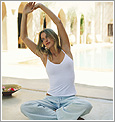
I have some back problems. Can I do Pilates?
Some Pilates Advice
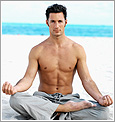
Pilates cannot be performed as easily as walking on a treadmill or following an aerobics class. There are some vital elements that are needed to reap the benefits of Pilates. Some of the most important are:
Concentration
Unfortunately day dreaming about the body you're going to have in six weeks won't cut it! In the words of Joseph Pilates "Always keep your mind wholly concentrated on the purpose of the exercises as you perform them."
Breathing
One
of the most important aspects of Pilates is what is called thoracic breathing. It can be difficult to master but you will get it. Whatever you do don't hold your breath!
Centering
Referred to as the 'powerhouse' of the body your abdominal muscles are used in practically every move we do. We best look after them so! "Pilates develops the body uniformly, corrects wrong postures, restores physical vitality, invigorates the mind and elevates the spirit". Joseph Pilates
Control
Slow, steady and smooth, like the second hand on a Rolex watch. That is what Pilates exercises are all about. Nothing fast, nothing sudden.
"Good posture can be successfully acquired only when the entire mechanism of the body is under perfect control". Joseph Pilates
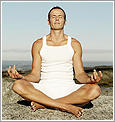
Precision
Joseph Pilates was a trained boxer, gymnast, diver and acrobat! So we should probably take his advice when he says "The benefits of Pilates depends solely on your performing the exercises exactly according to the instructions". So stop day dreaming and listen to your instructor!
Movement
You need to imagine all of your Pilates exercises as slow and controlled. You don't need to sweat to see the benefits of Pilates. "Designed to give you suppleness, grace, and skill that will be unmistakably reflected in the way you walk, the way you play, and in the way you work". Joseph Pilates

